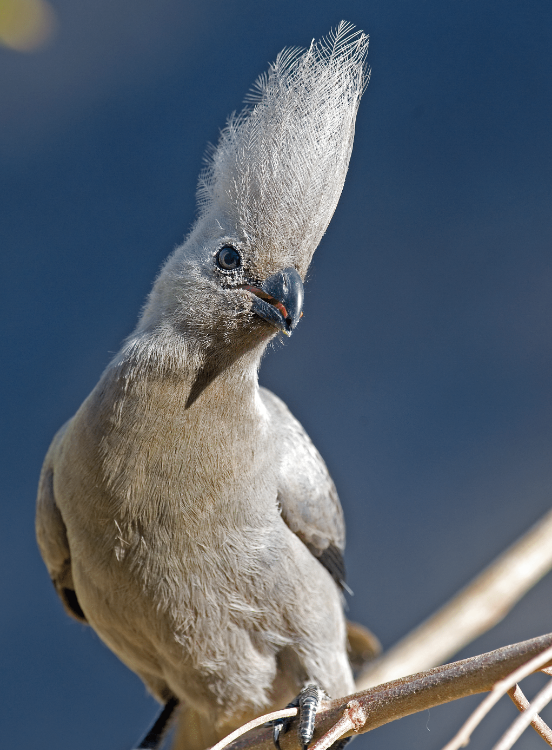Support the endangered wild dogs of Namibia
July 5, 2012Living diamonds – the Sperrgebiet’s natural riches
July 5, 2012By Peter Cunningham
Very little is known about the tortoise, since it was only recently rediscovered after originally being incorrectly described. It is currently in the process of being formally described.
Since July 2003 research has been conducted on the elusive Nama Padloper at the Klein-Aus Vista Lodge west of Aus. The tiny tortoise occurs southwards from the Tiras Mountains throughout the mountainous region around Aus down to the Huns Mountains adjacent to the Orange River.
It is endemic to Namibia – that is 100% of the taxon’s range occurs in Namibia – although it may also occur in the Richtersveld of South Africa, as yet unconfirmed.
Its conservation status is classified as Specially Protected in Namibia as well as internationally, since Appendix II (CITES) includes species not necessarily threatened with extinction, but in which trade must be controlled in order to avoid utilisation incompatible with their survival.
The research project involves radio telemetry, and radio transmitters have been attached to individuals to assist locating these usually inconspicuous tortoises. Data on their habitat use, movement, home range size and diet are being collected to assist decision-making regarding the protection and status of this unique species.
The current research on the Nama Padloper is the first of its kind in Namibia and is conducted by the Department of Nature Conservation at the Polytechnic of Namibia. The Swiegers family, owners of the Klein-Aus Vista Lodge, and especially Piet Swiegers, have been instrumental in the research and are acknowledged for their assistance.
This article appeared in the 2004/5 edition of Conservation and the Environment in Namibia.

